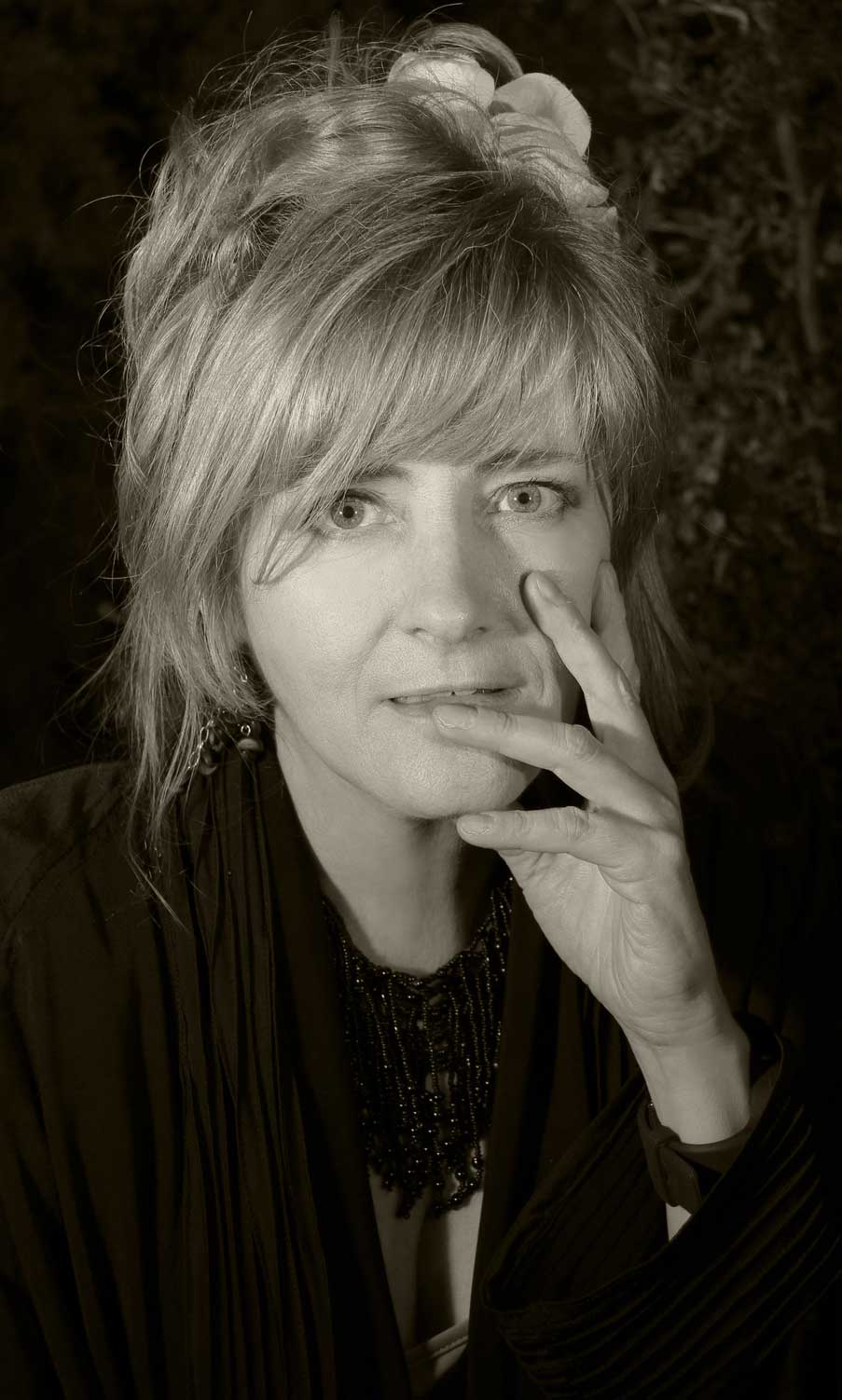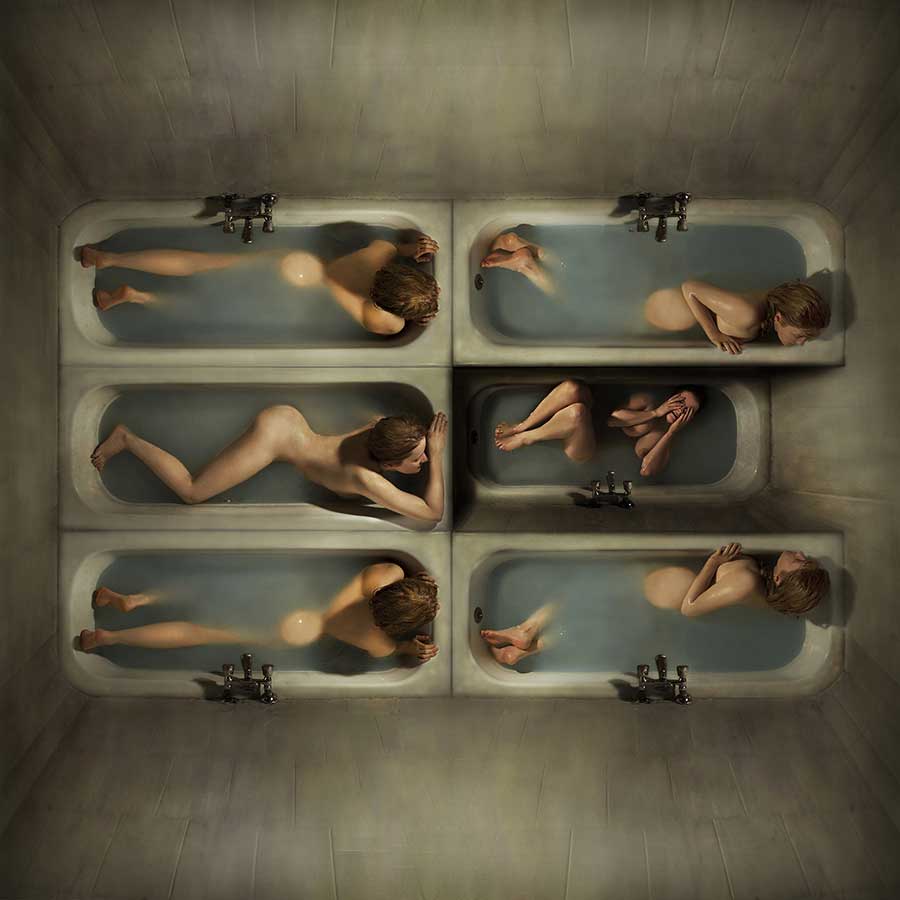When I was about to finish my Bachelor’s degree in Biological Sciences, I started working with archi- tects by chance. My vision began to take shape, structure and scale with them.
I was very lucky, I met interesting people who opened up a world of possibilities to me and taught me to see beyond the ob- vious. At the same time, painting became something of great importance in my life. And it still is. Photography was first a working tool. Just another tool that I used to collect data. It helped me paint when I couldn’t do it from nature. I was interested in worn out objects and their lives, colors, textures, shapes… The magic of humanized space, the mystery that shadows hid, matter revealed by light. And, above all, how time was measured and how an instant could turn into something eternal.
Later on, I started to study Psychology at The Open University. I personally believe that the best se- cret to stay young is keep on learning. At the same time, I portrayed everybody who visited me in my studio (with analog and black and white photographs). There was always a magical moment in every photo shot when the model looked right into the camera, baring his soul. [Official Website]
Can you explain us the idea or the story behind this image?
In photography, I always work on an idea, usually related to the human being. I read a lot on the topic to keep myself informed. I want the final image to be a visual poem, beautiful but disturbing at the same time.
Currently, my interest focuses on the perception of reality and its limits with delirium. Neurology, psychiatry and psichology textbooks have been very helpful. Although they do not allow me to deepen as much as I would like to, they are still a good source of knowledge and inspiration.
The photograph “The Pain of Others” is part of a wider series of photographs speaking of chronic diseases. This idea is the result of a question, as we wonder
what the status of disease would be in a culture of success and good looks,
in a “society of show business”, where the reality is presented as a fiction of unattainable perfection. Is there a real social interest or is it all about appearances, just a good business? “The Pain of Others” tris to dig and deepen into this issue.
Can you explain us what equipment you used for its realization?
The equipment used was a Canon 5 d Mark II, with a 28-135 mm lens. Since I started with digital photography, I have always worked with Canon Full Frame equipment.
Tell us how it is taken from the most technical aspect.
I usually work with continuous light and try to create shadows that dramatize the scene. The shadows are of much importance, almost as much as the light.
In these photographs taken with a camera mounted high up, I always work with tripods, arms and a folding ladder. I also use remote control, and sometimes external monitors connected to the camera.
What problems and challenges did you face when you took the shot of this image?
The main problem is working in very small spaces. Using a ladder and light focus we must plan very carefully how to take the photograph. Additionally we manipulate the water with color casts, which clearly complicates the scene. You have to work very fast during the sessions in order to avoid that the wáter cooles and consequently prevent changes in the appearance of model’s skin.
We are talking about the postproduction process. How do you get the final result?
I perform the post-production process using a photographic editing programm, Adobe Photoshop. It is more a work of a sequence of photographs, I do not edit much. It is actually more an issue of evening shades and slight variations in each photograph. Then work the environment recomposing the previous shots of the scene without model. Once the final work is finished, I like to “paint” shadows and lights, highlight color and volumes, give drama. I cannot forget that I come from the world of painting.








